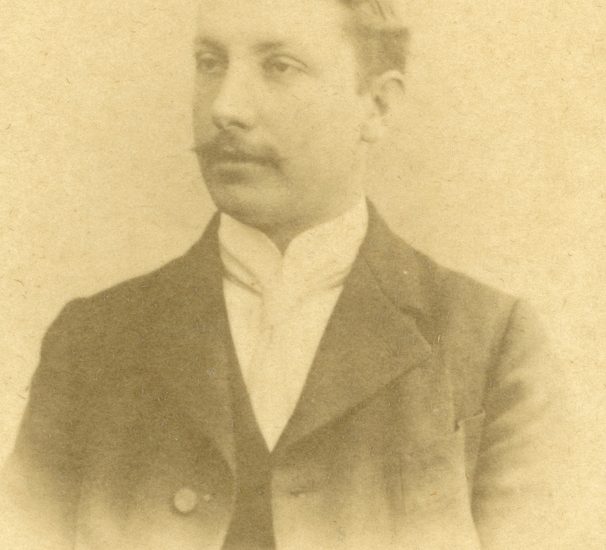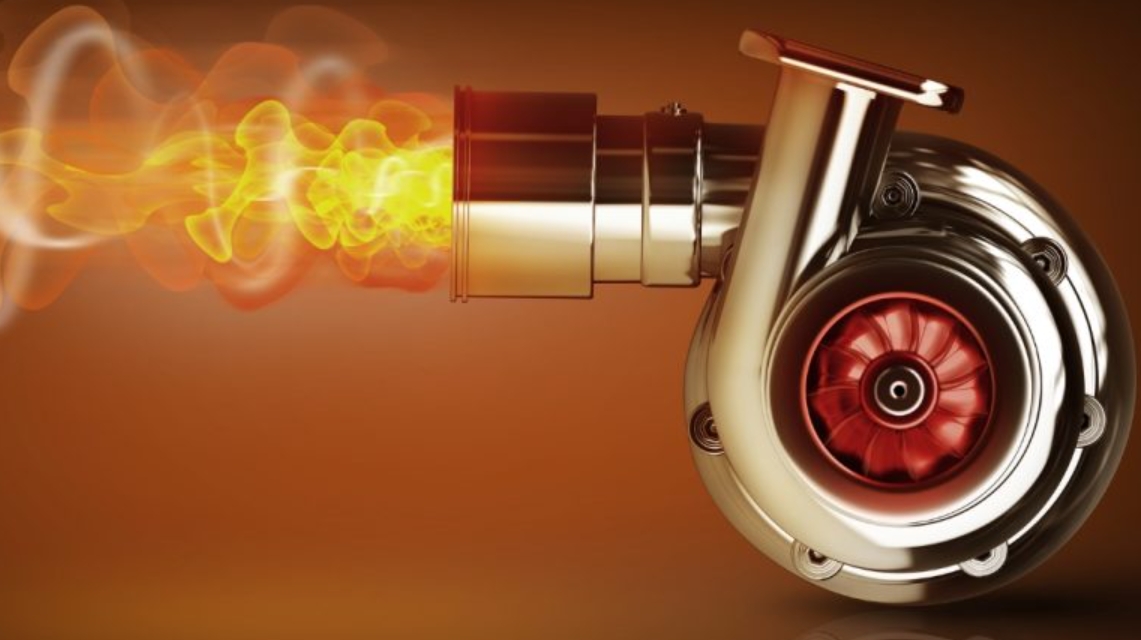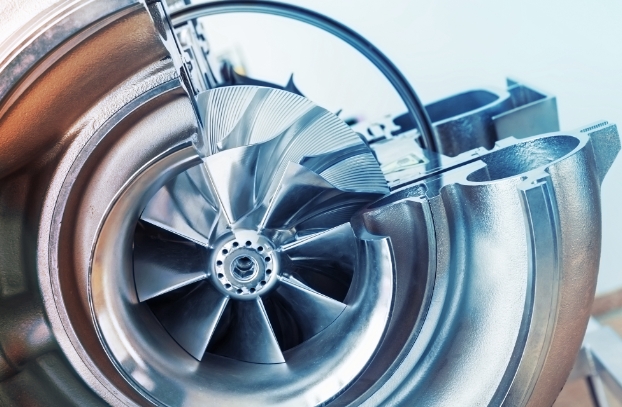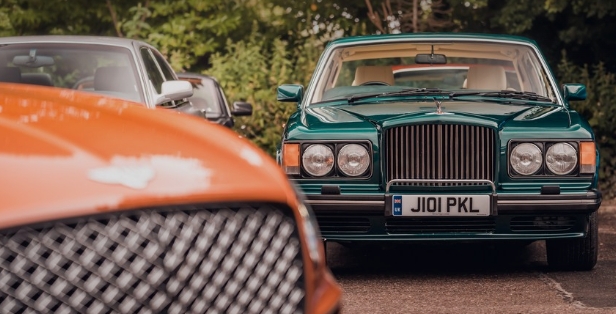
Four decades of Bentley turbocharging: iconic models revisited
These days, turbocharging is widely used on a variety of models, from modest city cars to mighty supercars. And under the hood of a Bentley car, the turbo engine first appeared in 1982 – and for the British company, the introduction of this technology was a bold step. Automotive historian Eric Dimock believed that such a decision “returned the soul of Bentley”, and now the engines of modern models of the company from Crewe are no longer conceivable without turbochargers.
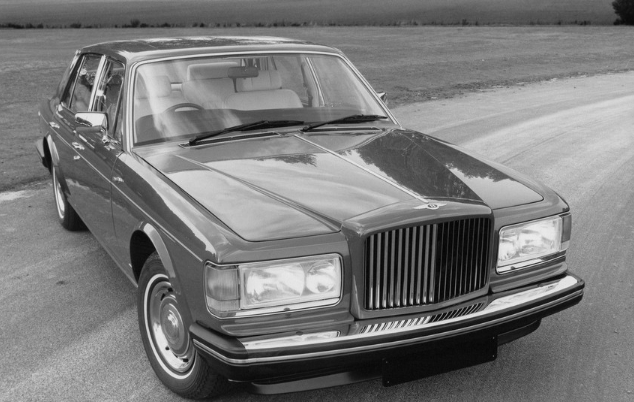
The first production turbocharged Bentley model was presented 40 years ago at the Geneva Motor Show – it was the Mulsanne Turbo sedan. At that time, Bentley, we recall, belonged to Rolls-Royce and was going through hard times – in the late 1970s, sales were very modest. Against this background, the then head of Rolls-Royce David Plastow, wanting to revive the former greatness of Bentley, suggested that the chief engineer John Hollings “have fun”, that is, install a turbocharger on a 6.75-liter V8 engine, which was a carburetor “aspirated” and was the only power unit of the company since 1959.
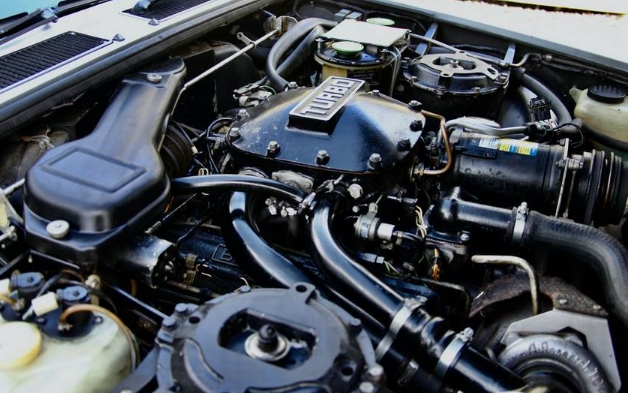
Naturally aspirated “eight” with aluminum pistons, a forged steel crankshaft and a hemispherical combustion chamber developed 200 hp, and the installation of a Garrett AiResearch T04 turbocharger made it possible to increase power to 300 hp. As a result, a sedan weighing 2.3 tons accelerated to 100 km / h in 7 seconds and developed a maximum of 217 km / h.
Just over 500 Mulsanne Turbo units were built, including 18 long-wheelbase sedans. In 1985, this model was replaced by the Turbo R.
R or S?
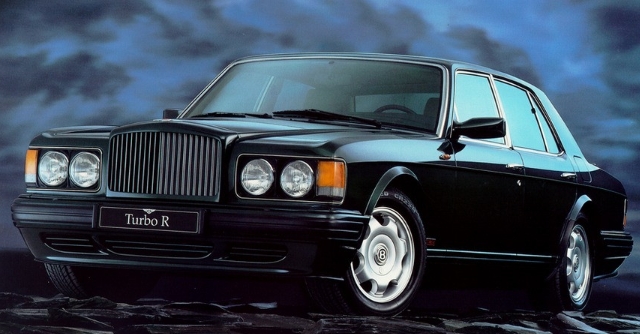
Compared to the Mulsanne Turbo, the new sedan had a stiffer suspension, which significantly improved handling and road holding. In 1987, the Turbo R was redesigned with new sports seats, ABS and Bosch fuel injection instead of carburetors. V8 output increased to 328 hp. Later, the 3-speed “automatic” was replaced with a more modern 4-speed General Motors 4L80-E.
In 1995, the “recharged” exclusive modification Turbo S arrived in time, the circulation of which was limited to 60 copies. A 6.75-liter V8 under the hood developed 402 hp. and accelerated a car weighing almost 2.5 tons to the first “hundred” in 6.1 seconds. Top speed was limited to 250 km/h. In 1996, the engine of the original Turbo R was upgraded again (power increased to 385 hp), the sedan also changed a little in appearance, received improved equipment and new 17-inch rims.
More than 140th
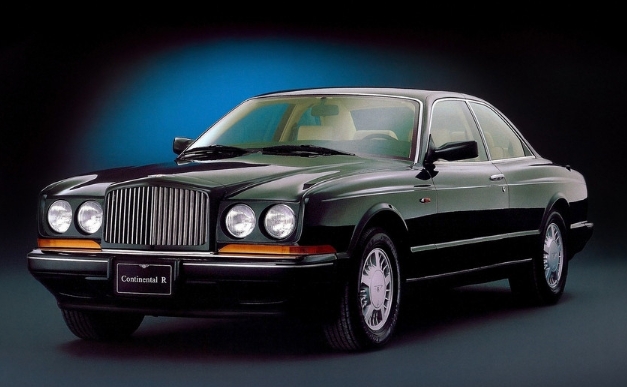
Six years earlier, another iconic turbo model appeared in the Bentley range – in 1991, the Continental R coupe premiered at the Geneva Motor Show. same year.
The 6.75-liter V8 at that time was one of the most powerful and high-torque engines – on the Continental R it initially developed 328 hp, then the power was raised to 355 and 381 hp. Peak torque reached 881 Nm, up to 100 km / h, a luxurious coupe with expensive leather and wood trim accelerated in 6.3 seconds and a maximum of 250 km / h (data for the 1997 model year version).
With a Bavarian twist
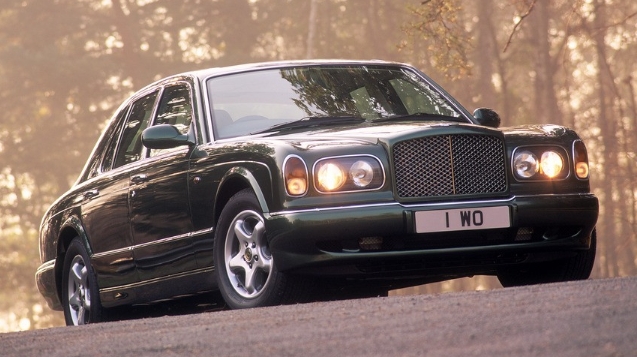
In 1998, the company in Crewe begins production of the new flagship Arnage sedan, under the hood of which a 4.4-liter V8 biturbo developed by BMW was registered (the British company Cosworth participated in its refinement). Due to the fact that many fans of the brand were dissatisfied with the fact that the Bavarian engine was under the hood of a British car, Bentley soon returned to using its “eight”.
In 2000, the Arnage Red Label debuted, powered by a good old 6.75-liter engine with a return of 405 hp. and 835 Nm of torque. It took 6.3 seconds to accelerate to 100 km / h, the “maximum speed” rested on the electronic limiter (traditional 250 km / h).

Two years later, an even more interesting modification appeared – Arnage T, for which the original “eight” 6.75 was thoroughly reworked. Bentley’s mechanics used a Garrett twin turbocharger scheme, resulting in a power and torque increase to 457 hp. and 875 Nm, respectively. At the time of its debut, Arnage T was touted as the fastest production sedan in the world – acceleration to “hundreds” took less than 6 seconds, the maximum speed reached 270 km / h.
In 2007, on the basis of Arnage, a large Brooklands coupe was created – it was shown to the public, as usual, in Geneva. The coupe was named after the track in Great Britain, where the famous Bentley Boys, as the brand’s racers were called at the turn of the 20-30s, achieved the first successes in motorsport. last century.
Further modifications to the classic twin-turbocharged V8 boosted power to 535 hp and torque to 1,050 Nm. Top speed was 296 km/h and 0-100 km/h in 5.3 seconds, excellent performance for a 2.7-tonne luxury coupe. It was not enough for everyone who wanted it – in total, less than 500 Brooklands units were assembled until 2010.
New era
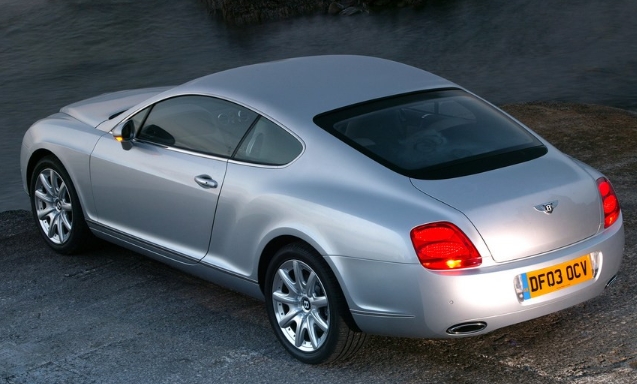
2003 marked the beginning of a new era in the history of Bentley. The new Continental GT coupe, which replaced the Continental R, was entirely developed under the patronage of the Volkswagen concern and shared a platform with the Phaeton sedan. Under the hood was a 6-liter twin-turbocharged W12, which was distinguished by its compact design – in fact, these are two V6 engines combined in one block on a common crankshaft. The engine developed 560 hp. and 650 Nm and was paired with a 6-speed “automatic” ZF.
Since then, the Continental GT has managed to change three generations (the current car is based on a platform shared with the Porsche Panamera), and in 2012 it acquired an efficient base V8 4.0 biturbo with a system for deactivating half of the cylinders at low loads, which is also installed on the related Flying Spur sedan and crossover Bentayga.
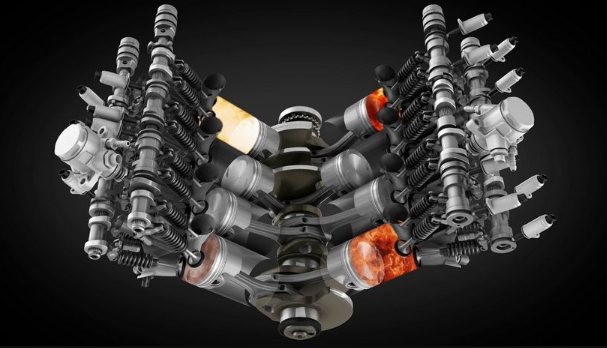
As for the legendary 6.75-liter V8, Bentley stopped its production two years ago – it was one of the longest-running engines in the world. With him, the last copy of the Mulsanne sedan was also assembled in Crewe. This is the second generation of the model, produced since 2010, when it replaced the Arnage.
For 61 years of production, the design of the lower G8 has been improved more than once, by the time the Mulsanne debuted, almost all the original components and engine components had been completely replaced – the latest version had two turbines and intercoolers, a cylinder deactivation system and a phase shifter. The return was increased to an impressive 537 hp. and 1100 Nm.
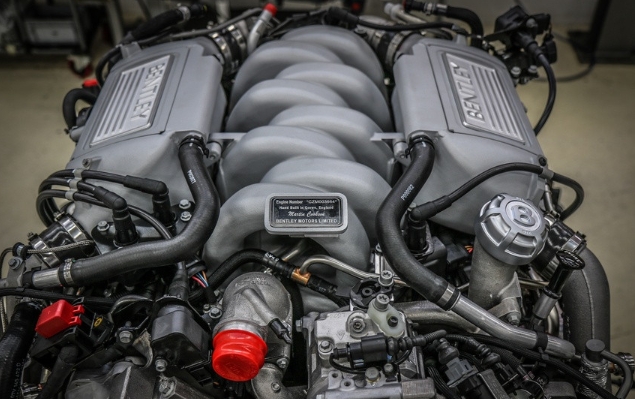
And finally, we note that the company, of course, did not leave the 40th anniversary of the turbo-Bentley without attention, holding a colorful mini-parade at the Goodwood Festival of Speed, which was held at the estate of the Duke of Richmond at the beginning of this month. It was attended by ten historical and modern models equipped with turbo engines. A few more years will pass, and the era of the turbo-Bentley will be replaced by electrification – by 2030, the company plans to completely switch to electric traction.

